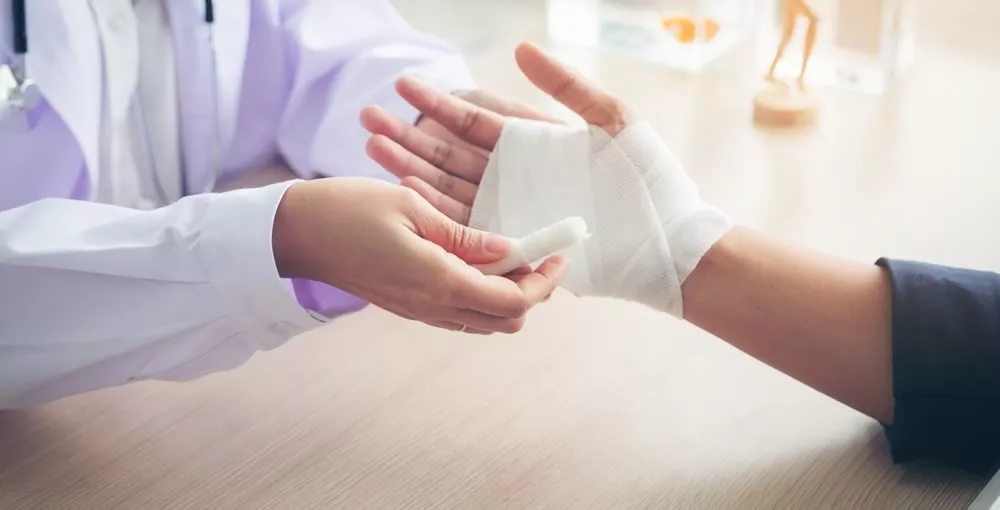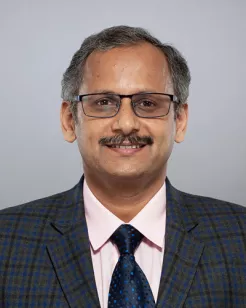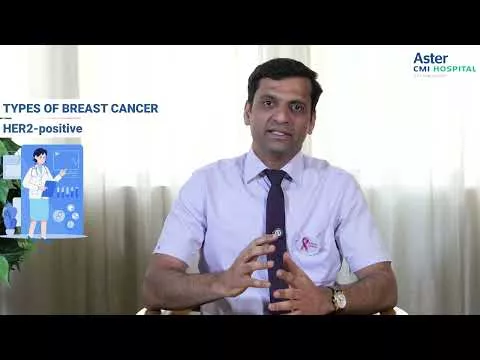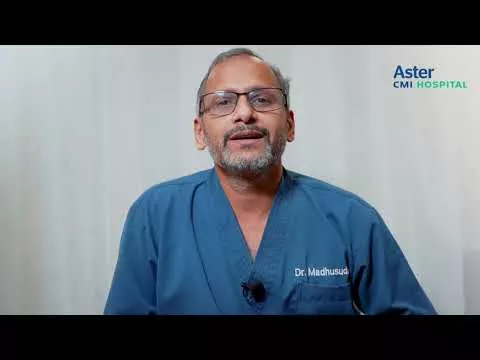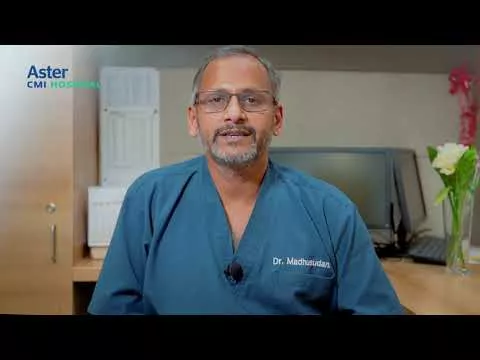Leaving the hospital after a burn injury is a major milestone. But recovery is far from over. The healing process does not end once the patient is home, and the events that occur during this period usually determine the success of the skin healing process and the speed at which the patient regains the ability to perform.
Burn aftercare is not just about wound healing. It involves physical mobility, emotional support, and daily routines that safeguard delicate skin. How about we take a look at the basics of burn self-care, the way to facilitate healing at home, and what recovery entails?
Planning Discharge with Support
Discharge planning begins while still in the hospital. Doctors assess whether the patient can return home or needs short-term care at a rehab facility. This choice is based on the extent of burns, mobility, and the support available at home.
When the patient goes home, the caregivers are also trained to assist with exercises, dressing, and early signs of infection. It’s a joint combined effort guided by Plastic surgery team. The process of recovery is challenging, and it is expected that patients and their families feel overwhelmed. The most effective way is to remain knowledgeable, inquire, and be in contact with the care team.
Watch for worsening of wound status / development of new wounds
There are chances of enlargement of wound size and increased discharge from it in the post discharge period. The arrival of new pain, increased soakage of the dressings and sometimes systemic symptoms like fever, loss of appetite has to be watched for and in such scenario, better to bring the patient to the hospital well before the prescribed revisit date so that the plastic surgeons will have a look at the wounds and advise accordingly.
Caring for Grafts and Donor Sites
If a skin graft is done, the care process will differ slightly for the graft and donor areas. Donor sites are typically taken from areas like the thighs, legs or back. These are bandaged and may leak fluid for a few days. Most heal in 10 to 14 days with proper hygiene and dressing.
Graft sites will appear pink, shiny, or purple initially. They are highly sensitive to temperature and touch. Over time, they blend in with natural skin colour and texture. During the early stages, avoid rubbing, scratching, or exposing them to friction.
Patients are often advised to consult a Plastic Surgery Hospital in India for routine check-ups and to track the progress of graft healing. Follow-up visits ensure that recovery is on track and any issues are managed early.
Keeping Skin Hydrated and Comfortable
Once the wounds have closed, the skin may feel dry, tight, or itchy. Applying unscented mineral oil or a moisturiser several times a day helps reduce this discomfort. Hydrated skin also stretches more easily, preventing cracks and tears during movement.
Scar formation is an integral part of any wound healing, but optimisation of scars especially in post burn wounds are always challenging and this determine the quality of care. The hypertrophy of burn scars are very common, and this scarring process can start within few weeks after wound healing and sometimes, the healing wounds start scarring while some adjacent wounds are still raw and not healed. Hence prevention of scars and contractures in post burn scenario is crucial.
Experienced Plastic Surgeons in India can guide patients through the scar management process and provide cosmetic or reconstructive solutions if needed later on. Connect with the Aster Hospital team to avail immediate assistance.
Movement, Stretching, and Protection
Stiffness is a common challenge after a burn. If the injury affected joints or limbs, it is vital to continue with the stretching exercises prescribed by the physiotherapy team. These prevent the skin from tightening and improve long-term mobility.
Scar prevention protocol for post burn scenario
- Avoid direct sunlight / use of sunscreens (SPF 50 or more)
- Regular massage of all healed areas with moisturiser / scar cream provided by the care team TWICE A DAY for next 3-6 months
- Use of compression garments – it is vital part of scar care and to be worn 24/7 for next 4-6 months or even longer at specific areas
- Use of silicone gel sheets with or without compression garments 24/7 for next 4-6 months
- Splints are needed in places like neck, axilla, elbow, wrist and similar joint areas to prevent contractures
Staying Hydrated and Emotionally Balanced
Healing requires energy, nutrients, and hydration. Drinking water throughout the day and eating a balanced diet are small but essential steps in burn self-care. Recovery also affects mental health. Anxiety, sleep issues, or emotional exhaustion are common during this stage.
Talking to a counsellor, joining a support group, or staying connected to your care team helps manage these feelings. Families and caregivers should also watch for signs of stress or burnout in themselves.
Final Thoughts
Proper aftercare shapes the outcome of every skin burn treatment. Healing is not just about wounds closing. It’s about regaining strength, confidence, and comfort in daily life. If you are recovering from a burn, follow a structured routine.
Specialised care from a leading Plastic Surgery Hospital in India ensures the best chance of recovery. Consult skilled Plastic Surgeons in India if you need help with scar management, function, or further treatment. With time and proper care, recovery is possible, one step at a time.
